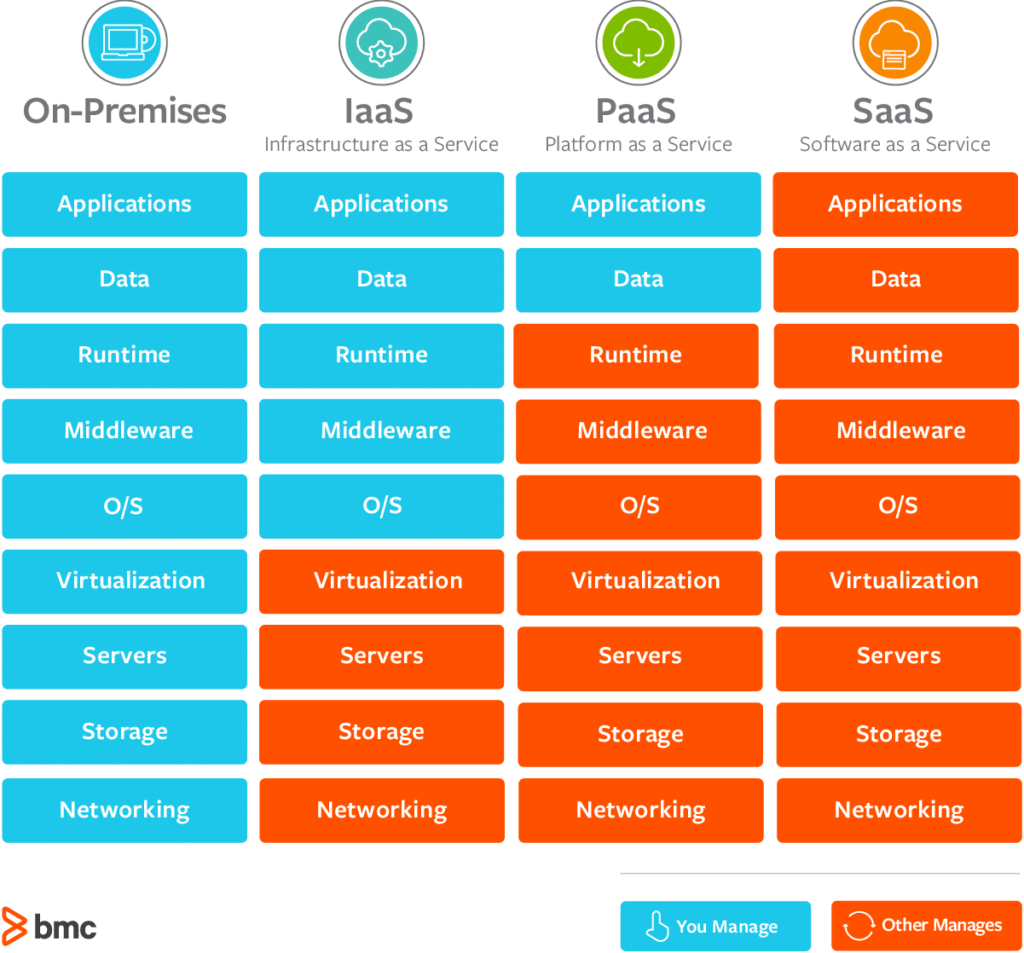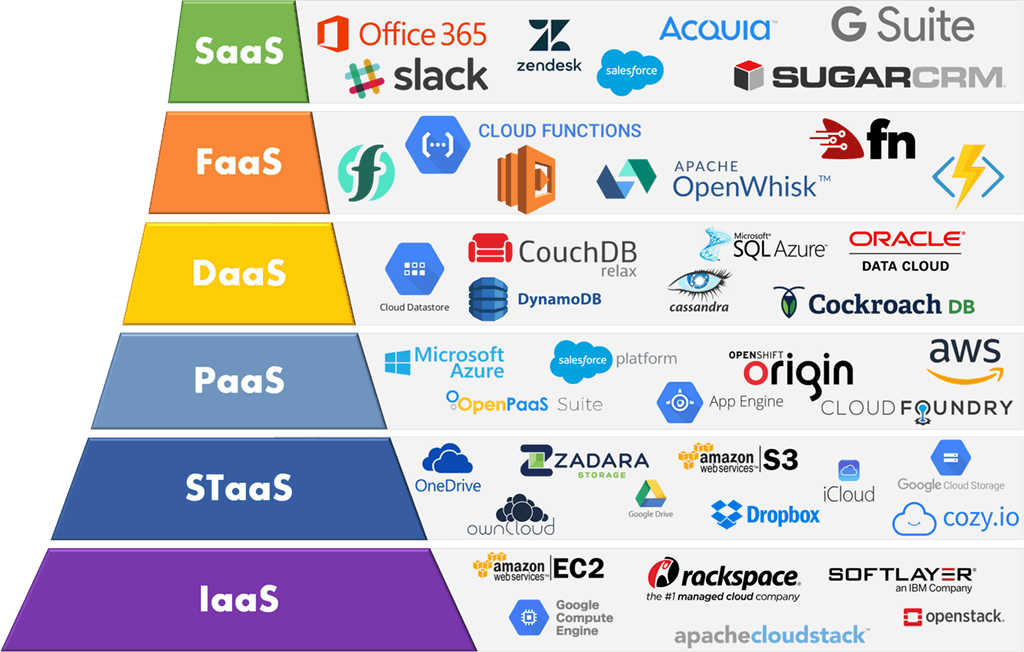Universal Cloud Service: Comprehensive Solutions for Information Administration
Universal Cloud Service: Comprehensive Solutions for Information Administration
Blog Article
Drive Innovation: Harnessing the Power of Cloud Solutions
In the busy landscape of contemporary business, using the power of cloud services has come to be a crucial aspect for organizations aiming to drive development and preserve an affordable side. The capacity to scale resources dynamically, adopt cutting-edge technologies seamlessly, and improve development procedures effectively can substantially affect an organization's ability to innovate and adapt. As we discover the intricate relationship between cloud services and development, intriguing insights on how cloud solutions revolutionize standard company techniques and lead the way for groundbreaking innovations will be disclosed.
Benefits of Cloud Provider
Cloud services supply many advantages to people and services looking for effective and flexible solutions for their digital requirements. One of the crucial advantages of making use of cloud services is the cost-effectiveness they offer. By moving to the cloud, organizations can eliminate the demand for costly on-premises hardware and upkeep expenses, rather going with a pay-as-you-go model that lines up with usage. This scalability permits organizations to adjust sources based upon demand, resulting in optimum expense administration.
Moreover, cloud solutions enhance accessibility and cooperation amongst groups. With information stored in the cloud, employees can firmly access data and applications from anywhere with a web connection, advertising remote job capabilities and enhancing performance. Real-time collaboration functions make it possible for several individuals to service papers simultaneously, fostering smooth synergy no matter of physical area.
An additional advantage of cloud services is the enhanced data safety and security and catastrophe healing they provide. Cloud providers execute sophisticated security procedures to safeguard data from cyber threats, ensuring conformity with sector laws. Furthermore, automatic backups and recovery solutions reduce the threat of data loss because of unforeseen occasions, giving comfort to customers.
Cloud Movement Approaches
Transitioning to cloud services involves careful preparation and tactical execution to make certain a effective and smooth movement procedure. When relocating their procedures to the cloud, there are a number of cloud migration methods that companies can take into consideration. One common technique is the 'Rehost' approach, where applications are lifted and changed to the cloud with marginal adjustments. This method is fast yet might not completely optimize cloud benefits. The 'Replatform' strategy includes making some cloud optimizations during migration, such as upgrading the application style to take advantage of cloud-native features. universal cloud Service. For an extra comprehensive change, the 'Refactor' strategy involves rearchitecting applications to be cloud-native, improving scalability and efficiency. In addition, the 'Repurchase' method involves changing existing software application with cloud-based choices, while the 'Retire' technique entails decommissioning repetitive applications. Choosing the appropriate movement method depends on factors like price, timeline, and preferred results, needing a careful examination of each choice's benefits and obstacles.
Enhancing Cooperation in the Cloud
Enhancing group collaboration with cloud-based devices can dramatically enhance productivity and improve communication within companies. By leveraging cloud solutions, teams can collaborate seamlessly despite their physical places, enabling real-time cooperation on tasks. Cloud-based communication devices such as Slack, Microsoft Teams, or Google Office offer a centralized platform for employee to share documents, exchange concepts, and coordinate jobs efficiently. These devices offer features like immediate messaging, video clip conferencing, data sharing, and job administration, boosting synergy and minimizing dependence on conventional interaction methods like e-mails.

Protection Factors To Consider for Cloud Fostering
Exactly how Get the facts can organizations ensure the durable safety and security of their data when embracing cloud services? Protection factors to consider are critical in the fostering of cloud services. To guard data, companies must initially perform a comprehensive threat assessment to determine possible vulnerabilities and threats. Applying strong encryption approaches for information both en route and at rest is essential. Access control devices should be established to restrict unauthorized entry, and multi-factor authentication can add an additional layer of safety. Regular safety and security audits and tracking of the cloud atmosphere assistance in identifying and mitigating any type of safety breaches promptly.

Cloud-Native Innovation Practices
In the realm of cloud computing, accepting cloud-native advancement methods is crucial for organizations striving to enhance their digital framework and improve functional effectiveness. Cloud-native development practices entail creating applications specifically YOURURL.com for cloud atmospheres, leveraging the scalability, flexibility, and dexterity that cloud services use. By making applications with cloud-native principles in mind, such as microservices design, containerization, and orchestration, companies can improve their advancement processes, enhance source application, and respond better to altering market needs.
Additionally, cloud-native development techniques advertise continuous integration and constant delivery (CI/CD) pipelines, allowing automated screening, release, and monitoring of applications. This repetitive strategy fosters faster technology cycles and boosts total software top quality. Additionally, making use of serverless computer and handled solutions allows organizations to concentrate on establishing core organization capabilities while unloading infrastructure administration tasks to shadow service carriers.
In significance, accepting cloud-native development practices encourages organizations to drive advancement, accelerate time-to-market, and stay competitive in today's quickly progressing digital landscape.
Verdict

As we discover the intricate connection in between cloud solutions and innovation, appealing understandings on how cloud services change conventional business methods and lead the means for groundbreaking advancements will certainly be disclosed. - universal cloud Service
There are a number of cloud movement strategies that organizations can consider when moving their procedures to the cloud. Cloud-native development techniques include creating applications particularly for cloud atmospheres, leveraging the scalability, flexibility, and agility that cloud solutions use. Furthermore, the use of serverless computing and managed services permits organizations to concentrate on developing core business capabilities while offloading infrastructure monitoring tasks to cloud solution providers.
It is critical for companies to take into consideration cloud migration approaches, improve collaboration in the cloud, and focus on protection procedures to guarantee successful fostering of cloud solutions and drive technology within their company.
Report this page